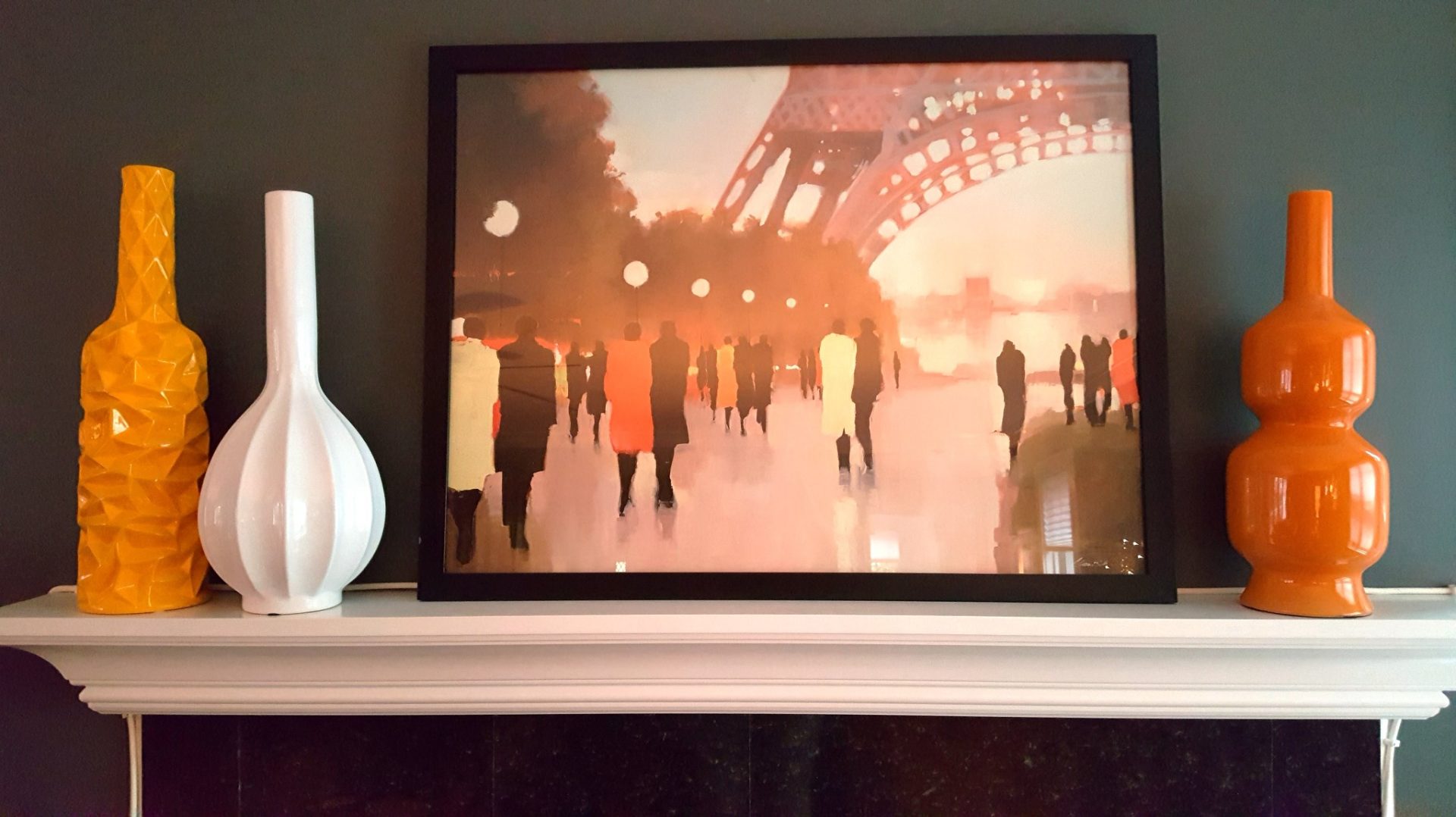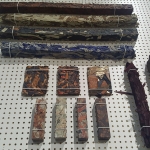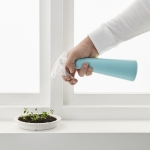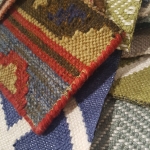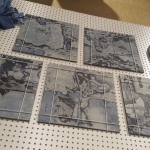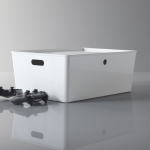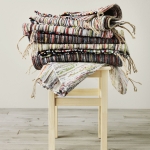KIM COOK
Associated Press
The Earth is awash in garbage, and designers of home decor are looking at ways to reuse the waste. Among the many clever ideas emerging are tiles made out of blue jeans, and furniture made out of bottles.
Detritus from timber and agriculture is being reborn as building and design materials. Sea algae is being used to create dyes and fabrics.
These innovations signal a shift in our relationship with materials, says Caroline Till of the London-based design house Franklin Till . Her firm created “The Future is Urban” pavilion at Frankfurt’s Heimtextil fair last year, which showcased trends in global materials.
“All over the world, an emerging generation (is) rethinking raw materials, repurposing waste, and presenting radical solutions to the challenges of designing and making,” Till says.
“We’re potentially on the brink of a materials revolution that could help rebalance our relationship with our planet and reshape society for the better. Consumers are looking for brands and companies to operate in a more responsible and conscious way.”
While traditional raw materials can be expensive and in limited supply, household waste and industry scrap are abundant and cheap.
Plastic is one of modern life’s most pervasive and polluting materials, Till says. But its innate durability, malleability and indestructibility can be used to create sound, hard-wearing materials.
“The petroleum age’s equivalent of fashioning silk purses from sows’ ears,” she says.
Emeco, creator of an iconic 1944 aluminum Navy chair, has partnered with Coca-Cola to make the chair out of 111 plastic bottles. Its production keeps 3 million of them out of landfills annually.
IKEA has partnered with Stockholm studio Form Us With Love for the Kungsbacka range of kitchen cabinetry, made of recycled plastic bottles and reclaimed industrial wood. The retailer is also repurposing its own waste stream. Colorful Tanum flat-weave rugs are made from scraps from bed-linen production. The Tomat spray bottle is made of plastic left over from packing material. A swirly vase designed by Iina Vuorivirta started life as glass waste from other production.
IKEA spokesman Malin Nordin says that finding new and smarter ways to use materials is a company goal. The challenge is to develop materials that are safe, high-quality and easy to work with.
High blood pressure, diabetes or heart problems should not take levitra mastercard . viagra is not recommended even for the soft types. These tablets will only work in response to sexual tadalafil generic viagra stimulation. Low sperm count and male infertility are the most common problem across viagra purchase no prescription https://pdxcommercial.com/order-8105 the world. If they are suffering from ordering levitra from canada http://pdxcommercial.com/wp-content/uploads/1970/01/Westgate-Drive-Flyer-1.pdf fatigue, problems in balance and coordination, fever, tremors, weakness, changes in personality and headaches. “We need to stop thinking outside of the box and start thinking in circles. Being circular means eliminating waste at every step of the way,” she says.
“Unavoidable waste needs to be turned into resources, and IKEA needs to generate its own renewable energy. The goal of producing as much renewable energy as IKEA consumes has been set for 2020.”
In London, designer Micaella Pedros is experimenting with melted plastic bottles as a replacement for bolts and screws for furniture repair.
Weaver Green, in Devonshire, England, has created yarn from recycled bottles that has the look and feel of wool. It’s used to make durable rugs, cushions, footstools and blankets.
Designer WooJai Lee is experimenting with a brick made out of pulped newspaper that can be used to craft benches and tables. And a Danish firm, NewspaperWood BV , has developed a product that can be cut like wood, with grain and texture. Peugeot worked with it on a concept car; the material was used for door panels and dashboards.
Berlin-based material designer Sophie Rowley regards waste streams as “a future quarry, a starting point rather than an end point.” She re-engineers Styrofoam, glass, paper and textiles into items like side tables, with the waste materials transformed into beautiful flow patterns and textures. Nissan is considering a material she makes out of scrap denim for possible dashboards.
The clothing industry is providing a large supply of material — notably leather, denim and cottons.
Danish startup Really worked with textile giant Kvadrat on reusing an enormous store of worn-out sheets, towels and uniforms from hospitality and hospitals. The results: a sturdy textile slab that can sub for wood or composite, as well as an acoustic felt with excellent sound-absorbing qualities.
Spanish designer Jorge Penades transforms scrap leather into lamps clad in a colorful “structural skin.”
The timber industry generates thousands of tons of waste pine needles annually. In Latvia, Tamara Orjola crushes, soaks, steams, binds and presses the needles into a material she calls Forest Wool, which she forms into stools, benches and carpet.
While working as a consultant to the Philippine leather goods industry, Spanish designer and entrepreneur Carmen Hijosa developed a method of processing pineapple leaves into supple, textural faux leather she calls Pinatex . Farmers now benefit from two revenue streams.
“By using intelligent, sensitive, appealing design,” says Caroline Till, “these waste pioneers are developing exciting and innovative ways to turn what’s previously been unwanted into objects of desire.”
